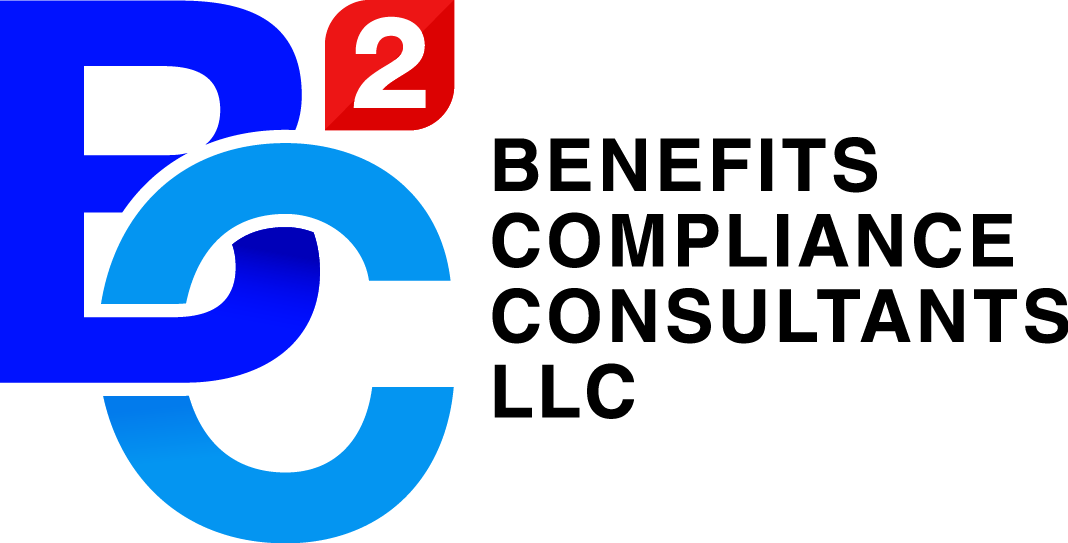How DOL Audits and New Compliance Mandates Could Impact Your Benefits Plan in 2024
As we approach the end of 2024, businesses must be aware of upcoming Department of Labor (DOL) audits and compliance mandates that could impact their benefits plans. Ensuring your benefits plan complies with these new regulations is [...]


